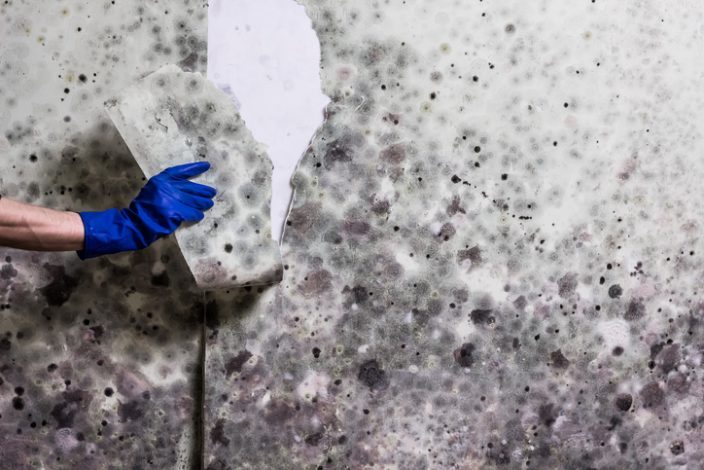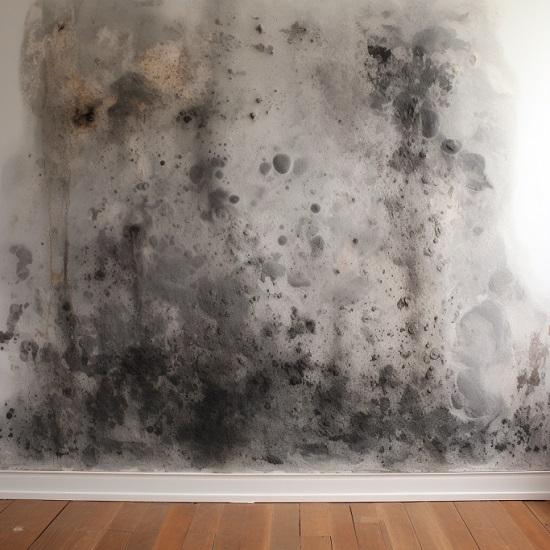Your Ultimate Overview to Blog Post Mold Removal Strategies
Navigating the world of post-mold removal strategies is a careful procedure that requires focus to information and a thorough understanding of the intricacies entailed. In the consequences of mold and mildew infestation, knowing just how to properly eliminate the mold and mildew and prevent its reoccurrence is extremely important for keeping a healthy and balanced indoor environment. From picking the ideal cleaning and decontaminating approaches to carrying out techniques for long-lasting mold avoidance, each action in the remediation journey plays an essential function in ensuring an effective result. As we get started on this exploration of post-mold remediation strategies, we will certainly discover the vital methods and ideal methods that can help you recover your area to its pre-mold condition and guard it versus future mold dangers.
Comprehending Post-Mold Remediation Process
After completing the mold and mildew removal procedure, it is essential to recognize the post-mold removal techniques that are needed to guarantee a thorough and reliable cleaning. When the mold has actually been removed, the following action includes cleaning and sanitizing the affected areas to prevent any regrowth of mold and mildew.
In addition, performing a final assessment post-remediation is vital to make sure that all mold and mildew has been effectively removed. This inspection must entail a complete aesthetic check as well as potentially air tasting to confirm the absence of mold spores airborne. Extra removal might be necessary if the assessment discloses any kind of lingering mold. Informing passengers on preventative actions such as controlling moisture degrees and promptly dealing with any water leaks can help maintain a mold-free setting.
Reliable Cleaning and Disinfecting Techniques

Preventing Future Mold Development

Relevance of Appropriate Ventilation
Correct ventilation plays a crucial duty in stopping moisture accumulation, an essential consider mold and mildew growth within interior atmospheres. Reliable ventilation systems aid remove excess humidity from the air, minimizing the chances of mold and mildew spores finding the wetness they need to sprout and spread. Without sufficient air flow, indoor areas can come to be a breeding ground for mold and mildew, resulting in possible health threats and structural damage.
By making certain proper air blood circulation, ventilation systems can additionally aid in drying out moist locations extra rapidly after water damages or flooding events, better discouraging mold and mildew development. Post Remediation verification. In rooms like bathrooms, cellars, attic rooms, and kitchens where moisture levels tend to be higher, installing and maintaining effective ventilation systems is essential in stopping mold problems

Monitoring and Maintenance Tips
Given the critical function that appropriate air flow plays in protecting against mold growth, it is important to develop efficient monitoring and upkeep ideas to guarantee the continued capability of ventilation systems. Routine inspections of air flow systems ought to be performed to look for any kind of indications of clogs, leaks, or breakdowns that might restrain appropriate air movement. Monitoring moisture levels within the home is also vital, as high humidity can add to mold development. Setting up a hygrometer can help track moisture degrees and alert home owners to any type of spikes click now that might need focus. Furthermore, making certain that air filters are regularly cleansed or replaced is vital for keeping the efficiency of the ventilation system. Carrying out a schedule for routine maintenance tasks, such as air duct cleansing and heating and cooling system examinations, can aid avoid problems prior to they rise. By staying positive and alert to the problem of ventilation systems, residential property owners can effectively minimize the risk of mold and mildew regrowth and keep a healthy interior environment.
Verdict
To conclude, post-mold removal methods are vital for making sure a safe and tidy setting. Comprehending the process, carrying out effective cleaning and decontaminating methods, protecting against future mold and mildew growth, keeping appropriate ventilation, and normal tracking are all important actions in the remediation procedure. By complying with these guidelines, you can successfully remove mold and stop its return, promoting a healthy living or functioning read this article room for all residents.
In the consequences of mold problem, recognizing exactly how to efficiently remove the mold and mildew and stop its reoccurrence is vital for maintaining a healthy and balanced interior atmosphere. When the mold and mildew has actually been removed, the following step includes cleansing and sanitizing the influenced locations to prevent any type of regrowth of mold and mildew - Post Mold remediation cleaning. After getting rid of visible mold and mildew development, it is essential to clean up all surface areas in the damaged location to eliminate any type of continuing to be mold and mildew spores. To further enhance mold and mildew prevention procedures, it is crucial to address underlying problems that at first led to mold and mildew development.Provided the vital duty that correct air flow plays in avoiding mold and mildew development, have a peek at this site it is essential to establish efficient monitoring and upkeep ideas to make certain the ongoing capability of air flow systems
Comments on “Testing Air Quality After Mold Remediation”